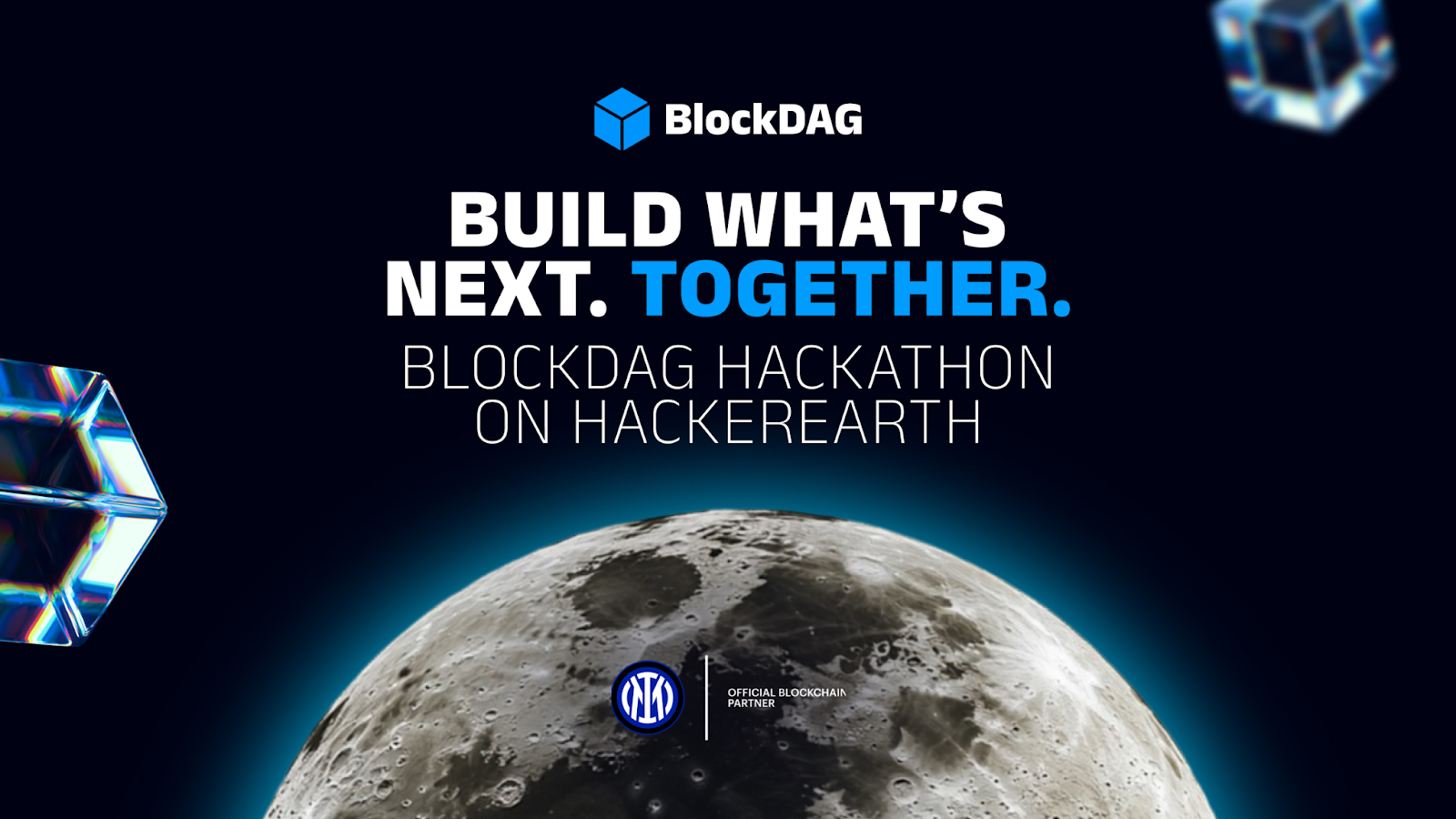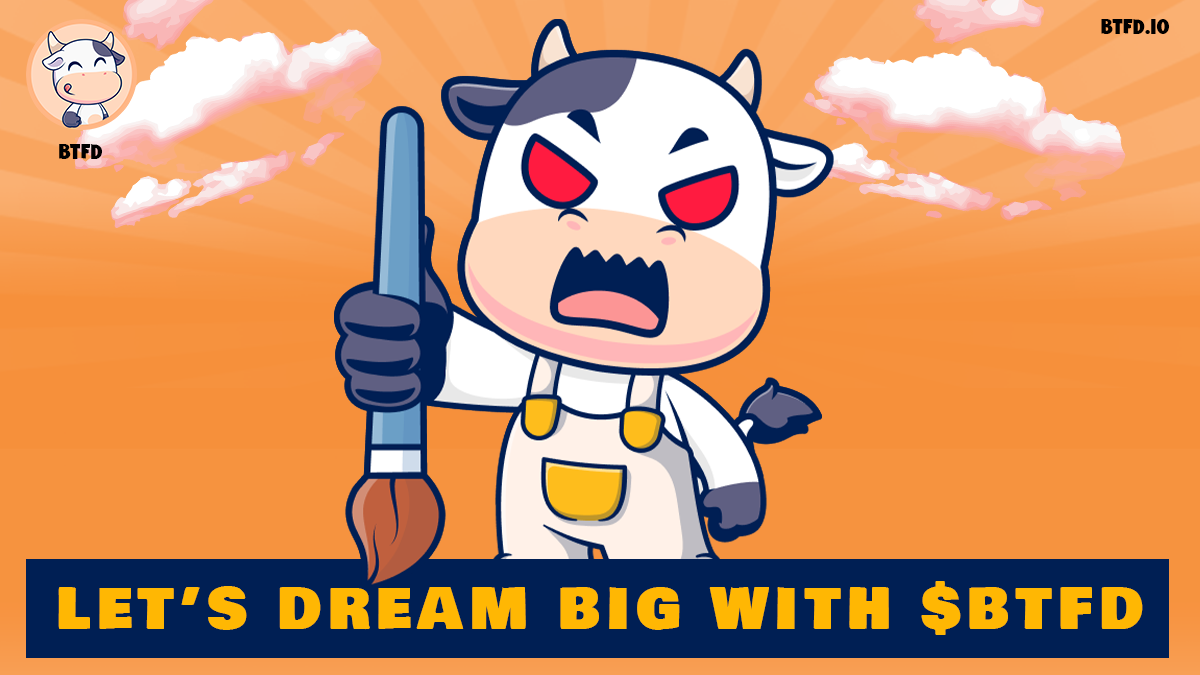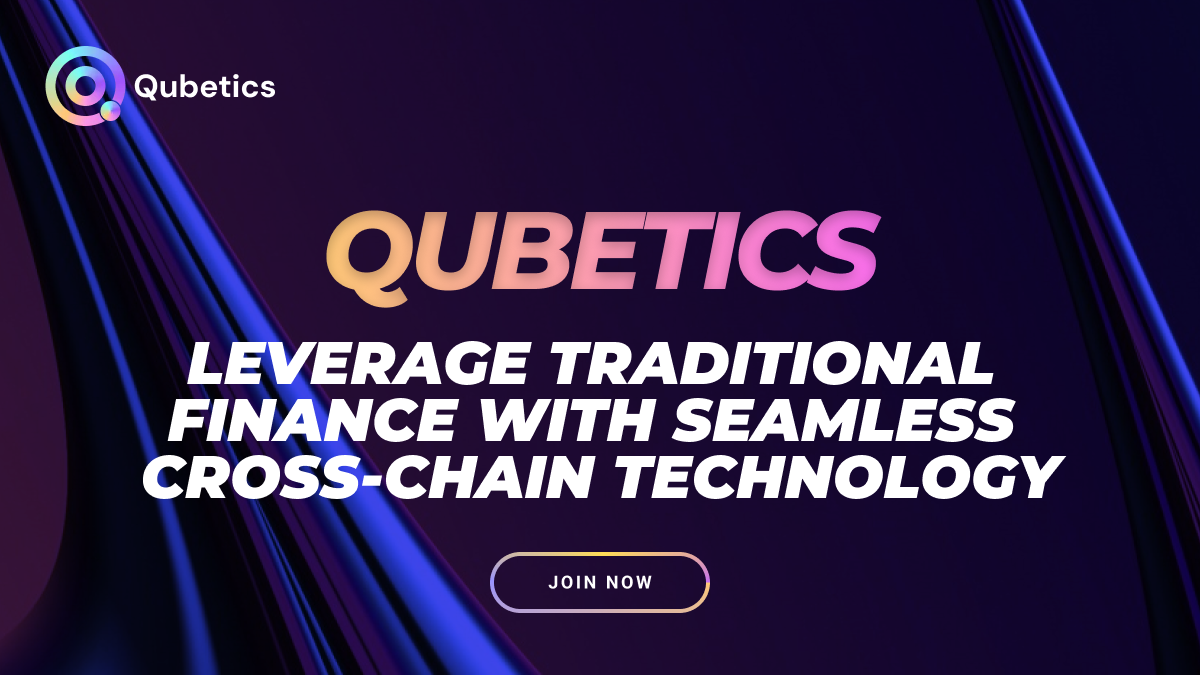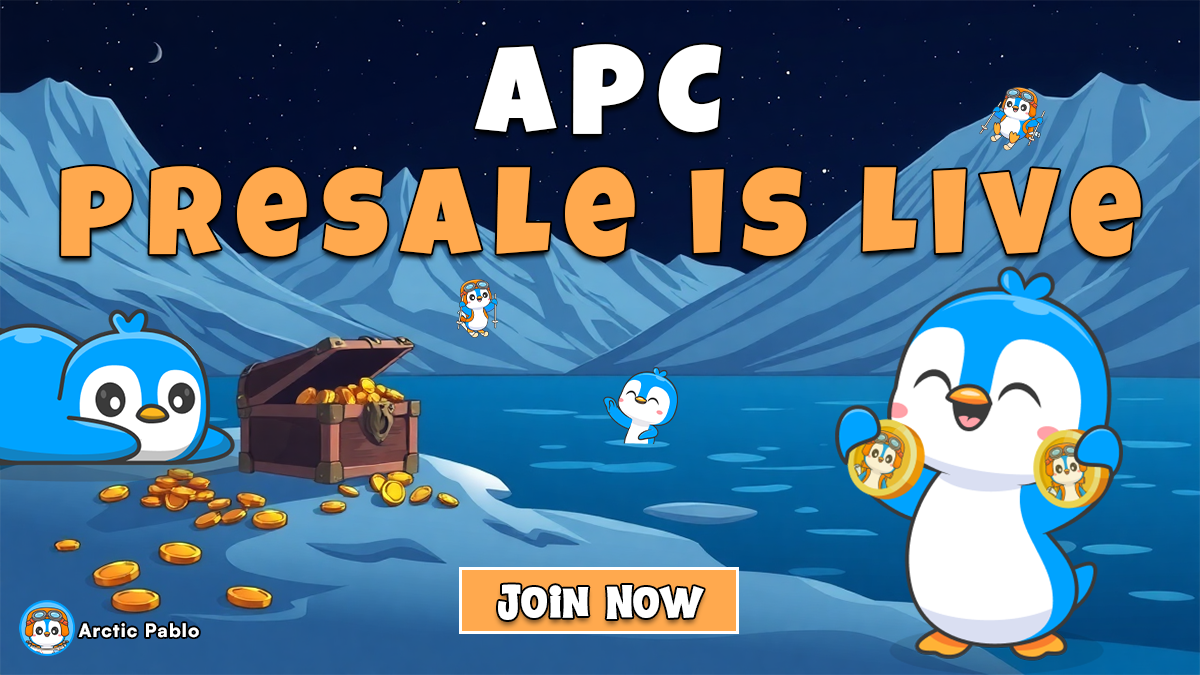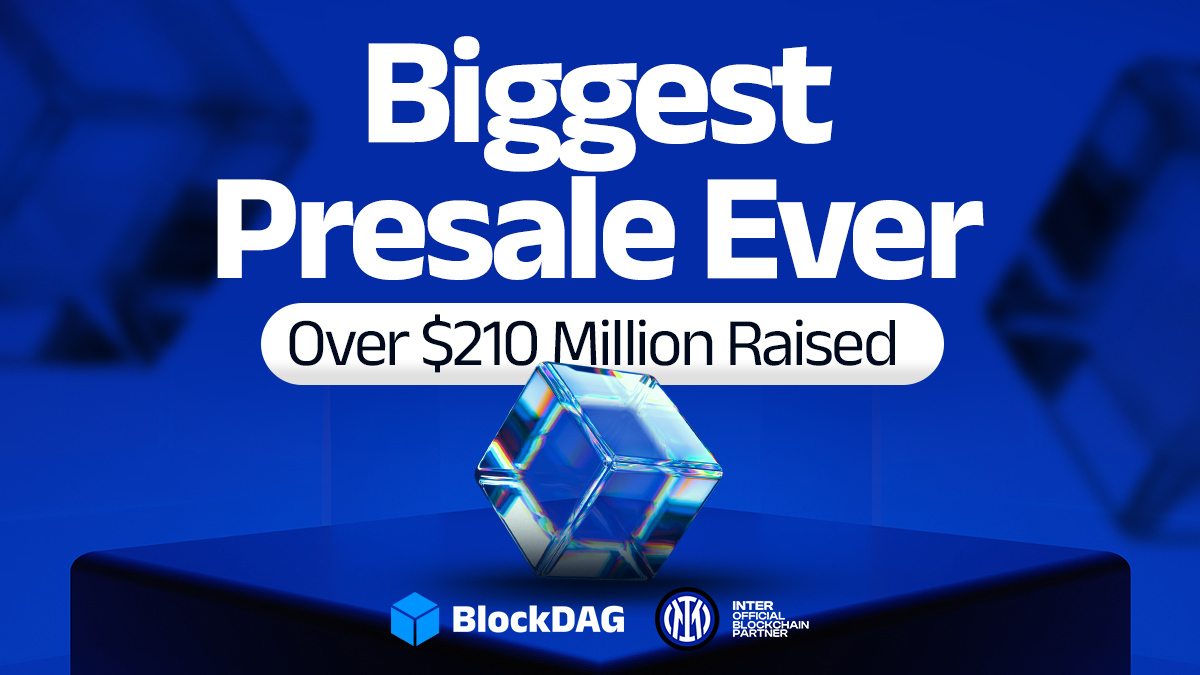
Tron & Cardano Dominated Last Cycle—BlockDAG’s $212M Presale Says This One’s Different
As the crypto market matures, Layer 1 projects face new pressure—not just to scale, but to deliver. Legacy networks like Cardano (ADA) and Tron (TRX) have been in the game for years, yet concerns around development speed, scalability, and real-world traction remain. In contrast, BlockDAG (BDAG) is emerging as a high-performance Layer 1 contender that’s breaking records in its presale and capturing developer and investor attention in real time.
Here’s a closer look at how these three projects stack up—and why BlockDAG may be the smarter bet in 2025.
Cardano: Vision-Heavy, Delivery-Light
Cardano, founded by Ethereum co-founder Charles Hoskinson, is known for its academic and peer-reviewed approach to blockchain. Its Ouroboros Proof-of-Stake consensus was marketed as a more energy-efficient alternative to PoW models like Bitcoin. Over the years, Cardano has developed a loyal community and built out several features, including staking and the Plutus smart contract language.
However, critics argue that Cardano moves too slowly. It took years to implement smart contracts, and adoption has been sluggish compared to other chains. dApp activity remains relatively low, and even though it boasts a strong vision, Cardano often feels like it’s always building, with few breakout use cases in the wild.
Another issue is its complex smart contract language (Plutus), which isn’t widely used outside of the ADA ecosystem. This creates friction for new developers trying to build on Cardano.
Tron: High TPS, Low Trust?
Tron, led by the controversial figure Justin Sun, is known for fast and cheap transactions. Its Delegated Proof-of-Stake (DPoS) model enables high throughput, and it has found success in USDT stablecoin transfers and online gaming dApps.
However, Tron faces centralization concerns. A small number of nodes control the majority of the network, and its ties to opaque business dealings have hurt its reputation in Western markets. Despite having some developer activity and real-world use, it’s rarely mentioned among top-tier DeFi ecosystems or institutional crypto roadmaps.
Tron works, but the trust factor—and the perception that it’s mostly active in unregulated or grey-market niches—keeps it from reaching global legitimacy.
BlockDAG: The Hybrid Contender Breaking Records
Then there’s BlockDAG, a Layer 1 that’s not just checking boxes—it’s rewriting the rulebook. By combining DAG (Directed Acyclic Graph) scalability with Proof-of-Work (PoW) security, BlockDAG offers a hybrid architecture that balances speed and decentralization. It processes multiple blocks in parallel, eliminating the transaction queues and high fees that plague older chains like Cardano and even faster ones like Tron.
But tech is just the start.
Since launching its presale, BlockDAG has raised over $212.5 million, with more than 19 billion coins sold. It’s currently in Batch 27, priced at just $0.0248, and offers 2,380% ROI for early buyers who entered at $0.001.
Keynote 3—BlockDAG’s most recent ecosystem update—was the tipping point. The company announced the Beta Testnet V1, now live and processing 1.2 million+ transactions across 100+ community nodes. It also revealed 10+ centralized exchange listings lined up for post-mainnet, 1,000+ dApps expected by 2026, and a fully functional explorer, token/NFT wizard, and DeFi stack.
This isn’t a whitepaper pitch—it’s live, tested infrastructure, with features Cardano and Tron took years to implement, or haven’t delivered at all.
Ecosystem Traction: BlockDAG’s Winning Advantage
BlockDAG is also leading in terms of user engagement. Its X1 mining app has over 800,000 users mining from their phones. Its Telegram Tap Miner game is drawing in over 400,000 players, making it one of the most viral blockchain applications of the year.
Meanwhile, 16,600+ high-powered ASIC miners have already been sold—creating a truly decentralized, global base of validators. BlockDAG’s two-layer mining approach is democratizing access like never before, without compromising on security.
Compare that to Cardano, where staking is limited by ecosystem complexity, or Tron, where validator control is highly centralized—and BlockDAG’s appeal to both developers and users becomes crystal clear.
Final Verdict: Who Wins?
Cardano has long-term academic vision but is weighed down by slow delivery and limited traction.
Tron is fast and cost-effective but struggles with centralization and limited legitimacy in major markets.
BlockDAG offers a future-ready hybrid chain that combines real decentralization, lightning-fast performance, and developer-friendly tools—all while onboarding users at a record pace.
In short, BlockDAG isn’t just catching up—it’s surpassing. It’s attracting new users, builders, and institutional interest because it’s delivering on its promises while others are still navigating roadmap delays or image problems.
If you’re looking for a next-gen Layer 1 that offers high ROI potential, real utility, and a fast-growing ecosystem, BlockDAG clearly stands out as the winner.
Website: https://blockdag.network
Presale: https://purchase.blockdag.network
Telegram: https://t.me/blockDAGnetworkOfficial
Discord: https://discord.gg/Q7BxghMVyu
| Disclaimer: The text above is an advertorial article that is not part of kanalcoin.com editorial content. |


